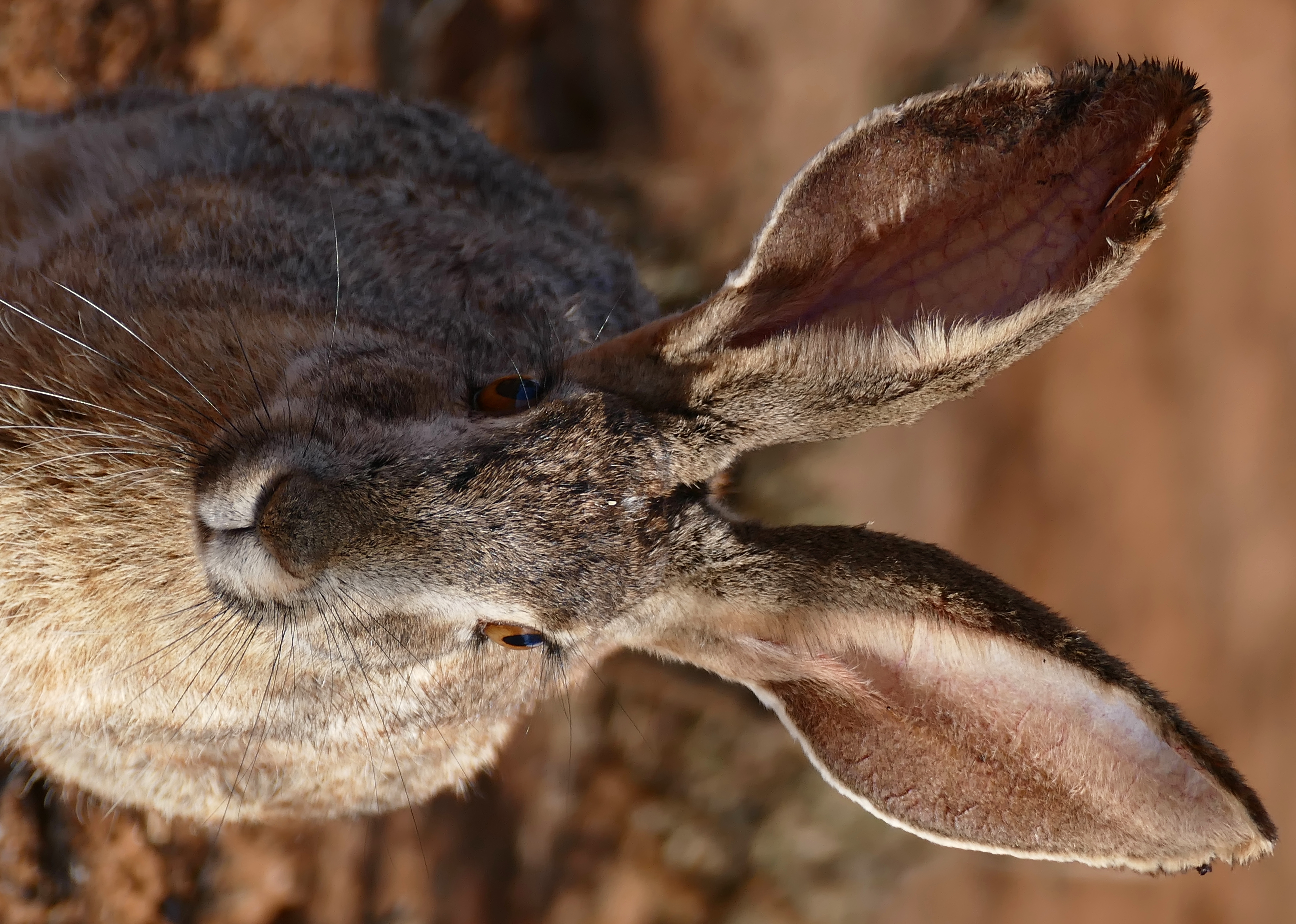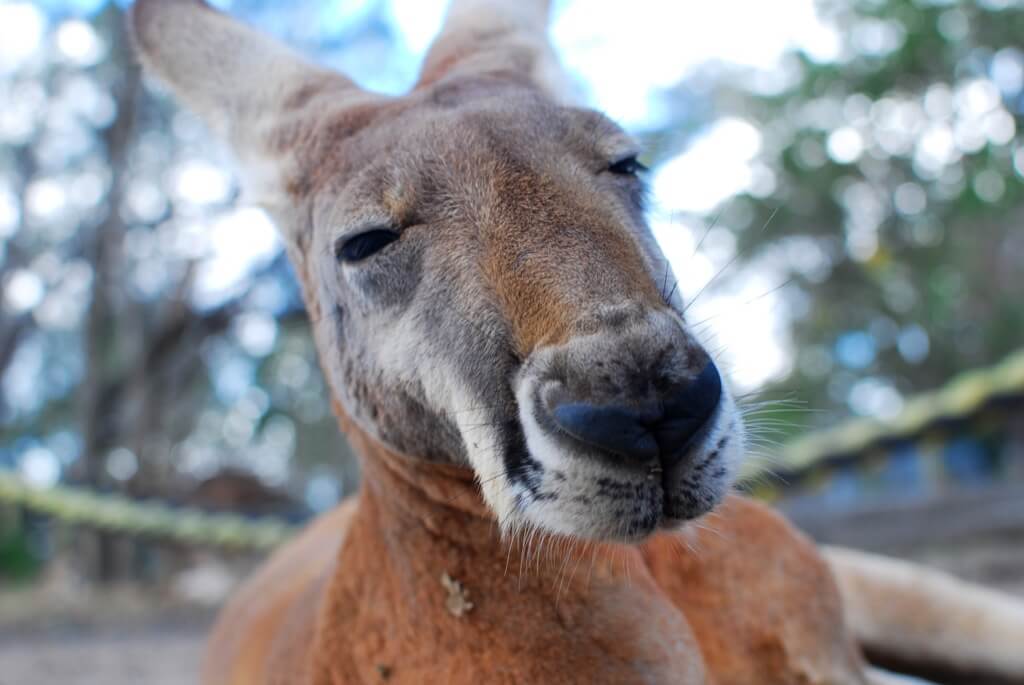Rabbits and hares are often mistakenly used interchangeably, but they are distinct creatures with significant differences. Let’s unravel the disparities between these fascinating lagomorphs without any confusion.
One of the primary distinctions between rabbits and hares becomes evident from birth. Baby rabbits, known as kittens, enter the world blind and devoid of fur. They are incredibly vulnerable and reliant on their mother’s care. In contrast, baby hares, referred to as leverets, possess a clear advantage. They are born fully furred and with their eyes open, displaying a remarkable level of independence. It’s not uncommon to witness a young hare energetically exploring its surroundings shortly after birth.
Understanding Lagomorph Distinctions
To discern between rabbits and hares, one must look beyond their superficial similarities. The most apparent difference lies in their size, with hares typically being larger than rabbits. Additionally, hares boast longer ears and legs, contributing to their distinctive appearance. These variations in size and morphology are adaptations to their respective habitats and lifestyles. Hares often inhabit open spaces like prairies, where speed is crucial to evade predators, while rabbits tend to prefer concealed burrows for protection.
What Sets Them Apart
While lagomorphs share certain characteristics with rodents, they belong to a different taxonomic order. One key distinction is their dental anatomy. Lagomorphs possess an extra pair of incisors compared to rodents, and their jaw structure differs. Additionally, their skeletal features set them apart, making them part of the Lagomorpha order. This order includes not only rabbits and hares but also pikas, differentiating them from true rodents like mice and squirrels.
Hares are renowned for their incredible speed, which is essential for their survival in open landscapes. Their larger size, longer legs, and distinct musculature contribute to their agility and swiftness. This speed enables hares to outpace predators effectively. In contrast, rabbits, with their preference for concealed habitats, rely more on hiding strategies rather than running. Understanding the physical attributes and behaviors that make hares faster runners provides insight into their evolutionary adaptations.
Facts You Didn’t Know About Rabbits Vs. Hares

Rabbits
- Rabbits have a unique digestive strategy called coprophagy, where they consume their feces to maximize nutrient absorption. They produce two types of feces: soft pellets and hard pellets, with the latter being reingested.
- Rabbits use thumping as a form of communication to alert their warren (group of burrows) about potential dangers. The thumps vary in intensity and frequency to convey different levels of threat.
- Like humans being left or right-handed, rabbits can also have a dominant paw, which they use for tasks such as grooming and digging. This dominant paw preference is linked to their personality traits.
- Rabbits are prolific breeders, with females capable of giving birth to several litters per year. A female rabbit can even become pregnant shortly after giving birth.
- Rabbits have a wide field of vision, nearly 360 degrees, which helps them detect predators from various angles. However, they have a small blind spot in front of their nose.
Hares
- Hares are incredibly fast runners and are known for their exceptional speed. They can reach speeds of up to 45 miles per hour (72 kilometers per hour), making them one of the fastest land animals in short bursts.
- Hares are generally larger and heavier than rabbits. They have longer legs and ears, which contribute to their swift running abilities. Some species of hares, like the Arctic hare, are among the largest of all lagomorphs.
- Unlike rabbits, hares do not dig burrows for their nests. Instead, they create shallow depressions in the ground called forms, where they give birth and raise their young. These forms are less permanent and more exposed than rabbit burrows.
- Hares are well-adapted to harsh environments. In colder regions, their fur changes color with the seasons to provide better camouflage. During the winter, their fur becomes white to blend in with the snow.
- Hares are generally more solitary compared to rabbits, which often live in social groups. Hares are more likely to be seen alone, especially during the mating season when males chase females for courtship.
FAQs
How Can You Identify a Rabbit from a Hare?
To distinguish between rabbits and hares, take note of their size, ear length, and habitat preference. Hares are typically larger with longer ears and are often found in open spaces, while rabbits are smaller with shorter ears and prefer concealed burrows.
What’s the Difference in Behavior Between Rabbits and Hares?
In terms of behavior, rabbits tend to be more social and live in groups, whereas hares are more solitary creatures. Understanding these behavioral distinctions can help you identify which lagomorph you’re observing in the wild.
Do Rabbits and Hares Have Different Reproductive Strategies?
Yes, they do. Rabbits are known for their high reproductive rate, with frequent litters throughout the year. Hares, on the other hand, have a different reproductive strategy, often giving birth to leverets in shallow depressions called forms.
How Do Rabbits and Hares Adapt to Different Environments?
Rabbits are adaptable to various habitats and often dig burrows for shelter. Hares, particularly Arctic hares, change the color of their fur with the seasons to blend in with their surroundings, making them well-suited to different environments.
Are There Any Distinctive Predators for Rabbits and Hares?
Both rabbits and hares have predators, but their strategies for evading them differ. Hares rely on their remarkable speed to outrun predators in open spaces, while rabbits often hide in burrows or use thumping sounds as a warning signal.
What’s the Best Way to Observe Rabbits and Hares Safely?
If you want to observe these lagomorphs in the wild, it’s best to do so without disturbing them. Maintain a respectful distance and use binoculars to get a closer look. Avoid approaching nests or burrows to ensure the animals’ safety.
Can You Keep a Rabbit or Hare as a Pet?
Rabbits are more commonly kept as pets due to their social nature and smaller size. Hares, on the other hand, are wild animals and not suitable for domestication. If you’re considering a pet, research rabbit care requirements thoroughly.
What’s the Best Way to Help Protect Rabbit and Hare Populations?
Supporting conservation efforts and preserving natural habitats are crucial steps in protecting these lagomorph species. Avoiding habitat destruction and being aware of the impact of urban development on their environments can contribute to their conservation.
Do Rabbits and Hares Serve Any Ecological Roles?
Yes, both rabbits and hares play essential roles in their ecosystems. They are herbivores and help control plant populations by consuming vegetation. Additionally, they serve as prey for various predators, contributing to the balance of local food chains.
Are There Any Rare or Endangered Rabbit or Hare Species?
Yes, some rabbit and hare species are endangered or threatened due to habitat loss and other factors. Supporting conservation organizations and staying informed about the status of these species can aid in their protection.
From the social dynamics of rabbits to the solitary nature of hares, these creatures offer valuable insights into the diversity of wildlife. Their distinct reproductive strategies, habitat preferences, and interactions with their environment underscore the importance of preserving their natural habitats and studying their roles in ecosystems.

Researchers have issued a warning that certain wild species, including lions, rhinos, and cheetahs, may…

Contrary to popular belief, the majestic creatures roaming North America are not American buffalo but…

The majority of people, when hearing the word “extinct” about animals, will immediately think of…

Understanding how fish rest, often likened to a state of suspended animation, reveals fascinating insights…

